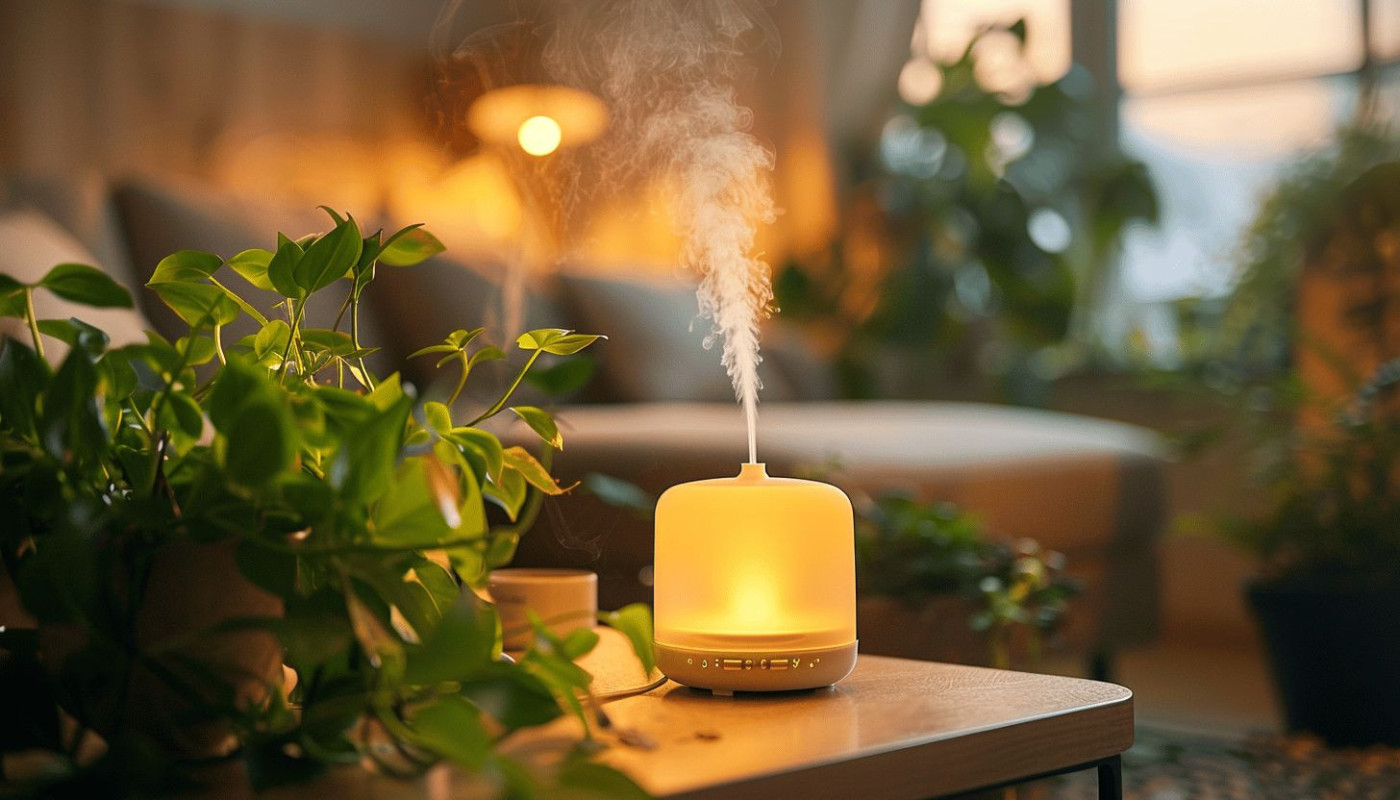Table of contents
Imagine a world where healthcare transcends the boundaries of traditional diagnostics, tapping into subtle insights that modern technology might overlook. The concept of a medical intuitive, though unfamiliar to many, offers a fascinating complement to conventional medicine. Explore how blending intuitive perception with established diagnostic techniques could transform patient care and foster a deeper understanding of overall well-being.
The unique perspective of a medical intuitive
A medical intuitive brings a distinctive approach to health evaluation by relying on heightened intuitive awareness rather than solely physical examination or laboratory tests. Through refined perception, these practitioners tap into information about an individual’s physical, emotional, and energetic states, often picking up subtle disruptions before they manifest as obvious symptoms. Techniques such as energy field assessment allow the intuitive to detect shifts or blockages surrounding the body, while chakra analysis may reveal stress points or emotional burdens connected to specific organs. Body scanning, performed without instruments, provides a holistic view that can highlight recurring patterns or energetic imbalances, offering insight beyond what is typically accessible through standard diagnostic tools. This process is gentle and non-invasive, making it approachable for those seeking complementary health perspectives without additional discomfort or risk.
By synthesizing impressions gathered through these intuitive techniques, a medical intuitive can often illuminate connections within a patient’s health narrative that might otherwise be overlooked, such as the interplay between unresolved emotional issues and persistent physical conditions. Such insights can guide further exploration or prompt individuals to pursue targeted therapies, enriching the traditional diagnostic picture with an added layer of meaning. For those interested in exploring these practices, https://www.medical-intuitive.org features distinguished professionals recognized among the best medical intuitive practitioners, offering a resource for guidance and connection within this specialized field.
Enhancing patient history with subtle energy assessment
A medical intuitive brings a distinctive perspective to patient history by observing subtle energy patterns, often described in terms like biofield and vibrational resonance. These approaches involve tuning into the energetic landscape surrounding the body, which some practitioners believe can hold clues about underlying physical or emotional imbalances. For example, a disruption in the biofield might correlate with chronic pain or immune system challenges, while emotional mapping can pinpoint unresolved stress or trauma that traditional histories may overlook. This nuanced evaluation is not intended to replace conventional diagnostics but rather to enrich them, providing a multi-dimensional understanding of the individual.
In integrative medicine, the insights gained from assessing subtle energy are increasingly valued as supportive tools for comprehensive care. Healthcare professionals who collaborate with medical intuitives may be able to recognize patterns or warning signs that standard tests miss, empowering them to consider factors like chronic emotional strain or energetic blockages in their recommendations. By integrating this additional layer of information, practitioners can foster earlier interventions and more personalized health strategies. Patients, in turn, might benefit from care plans that address both the tangible and less visible contributors to well-being, potentially increasing satisfaction and engagement in their healing journey.
Bridging gaps in unexplained symptoms
When individuals experience symptoms that resist clear diagnosis—such as chronic pain, fatigue, or digestive disturbances—traditional approaches sometimes struggle to pinpoint underlying causes. Standard tests may return normal results, leaving both patient and clinician in a state of uncertainty. This scenario can lead to frustration, ongoing discomfort, and even unnecessary treatments, as the search for answers continues. Many healthcare professionals recognize that not all facets of human health are fully captured by laboratory data or imaging, and this awareness has sparked interest in complementary perspectives.
A medical intuitive brings a different lens by examining subtle aspects of health that may go undetected in routine medical evaluations. For instance, such a practitioner might identify patterns of energy imbalance or stress-related blockages linked to the body’s physical complaints. If a patient suffers from constant migraines with no identifiable physical cause, a medical intuitive might trace these symptoms to suppressed emotions or long-standing psychological stress stored within the body. By mapping the interplay between mind, body, and energy fields, these insights can open up avenues for healing that might otherwise remain unexplored.
Incorporating intuitive health assessment into the broader diagnostic process can enrich the understanding of persistent symptoms. When traditional methods reach their limits, information provided by a medical intuitive can serve as a catalyst for further, more targeted investigation. For example, if an intuitive assessment points toward unresolved grief manifesting as chest discomfort, a healthcare team could consider exploring the patient’s emotional history alongside continued physical evaluation. This integrative approach encourages collaboration, with both intuitive impressions and evidence-based medicine informing patient care.
Engaging a medical intuitive does not replace traditional diagnostics, but rather complements them by providing supplementary perspectives. With open communication, practitioners from both realms can share observations and encourage holistic strategies for relief. Patients often feel validated by this multifaceted attention, gaining new hope and motivation to engage in their healing journey. By expanding the toolkit for understanding unexplained symptoms, healthcare teams may achieve greater clarity and, in some cases, relief for those who have long sought answers.
Collaborative care: medical intuitive and healthcare professionals
Integrating a medical intuitive into multidisciplinary healthcare teams can foster a richer and more nuanced approach to patient care. By combining the intuitive insights of such practitioners with scientific diagnostics, teams can gather a broader spectrum of information about each patient, sometimes revealing subtle patterns or underlying emotional influences that may not surface through conventional testing alone. In integrative health models, practitioners from different backgrounds—such as physicians, nutritionists, and counselors—work together to achieve outcomes that address both the physical and energetic dimensions of health. Medical intuitives may identify areas of imbalance or distress that prompt further medical investigation, enabling clinicians to refine their diagnostic process or recommend additional screenings. This shared expertise not only widens the scope of assessment but also helps healthcare professionals consider unconventional perspectives that may otherwise be overlooked.
Collaborative efforts between a medical intuitive and conventional practitioners often lead to highly personalized treatment plans. For example, a patient with chronic pain might benefit from a holistic assessment: a medical intuitive could suggest potential emotional or lifestyle triggers, while doctors manage physical symptoms and testing. Such multidisciplinary diagnostics allow the team to construct a treatment strategy tailored to the individual's unique needs, possibly combining medication, physical therapy, and counseling. This approach values each professional’s contribution, encouraging open communication and mutual respect, and supporting patients in exploring complementary therapies alongside established medical practices. By merging objective data with intuitive assessments, healthcare teams can craft care plans that are both comprehensive and responsive to the complex realities of human health.
Ethical considerations and best practices in integrative diagnostics
When incorporating a medical intuitive into patient care, clear ethical boundaries must be established to protect both patient welfare and professional standards. Healthcare professionals should define the scope of the intuitive’s involvement, ensuring that this role serves as a complement, not a replacement, for evidence-based medical diagnostics. Setting these boundaries helps avoid confusion or the risk of patients relying solely on intuitive insights, which can be subjective. By clarifying expectations from the outset, both practitioners and patients can work within a framework that values the strengths of each approach while minimizing potential harm.
Transparency and informed consent are foundational to effective integrative diagnostics. Patients should receive a comprehensive explanation about the qualifications, methods, and limitations of both conventional and intuitive contributors to their care. This includes honest disclosure of what medical intuition can and cannot offer, as well as ensuring patients understand how their information will be used and shared. Respecting patient autonomy means allowing individuals to choose whether or not to engage with a medical intuitive, free from coercion, and with full understanding of their options. Such practices foster trust, which is a cornerstone of any therapeutic relationship.
Maintaining open communication among all parties—patients, clinicians, and medical intuitives—helps prevent misunderstandings and supports a more holistic approach to diagnostics. Regular interdisciplinary meetings, clear documentation, and agreed-upon protocols create an environment where ethical guidelines are upheld. These steps not only safeguard patient well-being but also help to build mutual respect among practitioners from different backgrounds. By upholding robust ethical standards, integrative diagnostics can offer a broader, yet safe and responsible, approach to understanding and supporting health.
Similar articles








